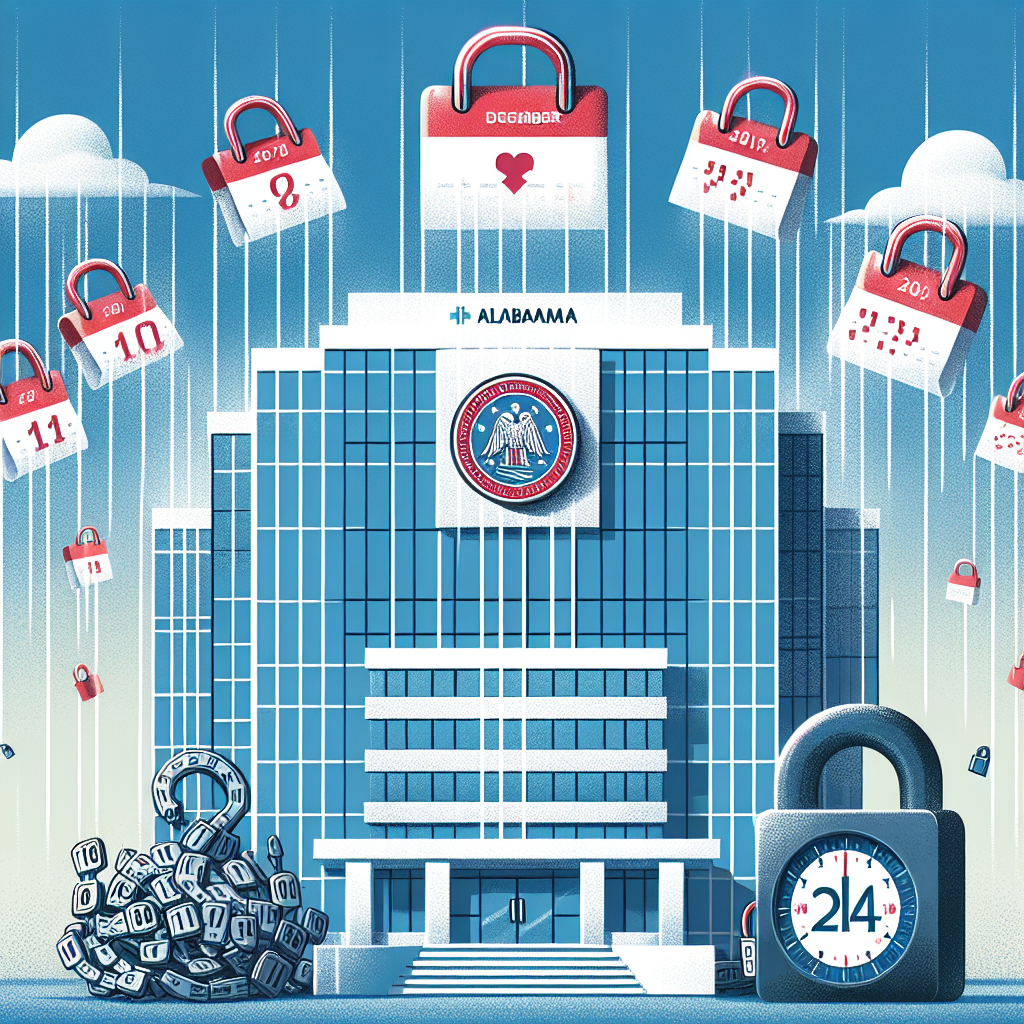Cybersecurity threats are evolving at a breakneck pace, and a new warning from Google highlights just how critical it is to protect your Gmail account right now.
In the ever-changing landscape of cybersecurity, email accounts like Gmail remain one of the most sought-after targets for hackers. The reason is clear: gaining access to someone’s email can unlock a wealth of personal data, financial information, and even grant ongoing access to other linked services. The stakes have never been higher, as malicious actors increasingly leverage artificial intelligence to craft more convincing and sophisticated attacks.
Google’s 7-Day Recovery Window: Why It Matters
Recently, Google confirmed that if a hacker manages to compromise your Gmail account and changes vital information—such as your password, recovery email, or phone number—you have just seven days to act before you could lose control for good. During this window, you can still use your original recovery details to regain access.
Here’s why this seven-day window is crucial:
Immediate Action Required: After an account takeover, recovery options are only available for a short period.
AI-Driven Attacks: Modern phishing campaigns can be incredibly convincing, sometimes even fooling security professionals.
Persistent Threats: Hackers often target high-profile individuals, but anyone with a Gmail account is at risk.
Real-World Example: Targeting the High Profile
Even industry leaders aren’t immune. One recent attack targeted Adam Mosseri, head of Instagram, starting with a fake phone call from "Google support" and followed by a fraudulent email. The attackers claimed his account was compromised and pressured him to change his password immediately—a textbook phishing scenario. While Google acted quickly to suspend the fraudulent site involved, the incident underscores that no one is immune to these tactics.
Essential Steps to Defend Your Gmail Account
How to Defend Your Gmail Account
To bolster your defenses against such attacks, consider these essential steps:
1. Set Up Strong Recovery Options
Add both a recovery phone number and recovery email address to your Gmail account. These details can be used to recover your account if your credentials are changed by an attacker.
2. Enable Two-Factor Authentication (2FA)
Whenever possible, use phishing-resistant authentication methods such as security keys or passkeys.
3. Be Wary of Suspicious Communications
Remember: Google will never call you about your account. Be cautious of emails requesting immediate action, especially those urging you to change passwords or provide sensitive information.
4. Act Fast if Compromised
If you suspect your account has been hacked, use the recovery window immediately—don’t wait. Visit Google’s Account Recovery page and follow their instructions using your original recovery details.
5. Stay Informed About New Threats
Cybersecurity is always evolving. Keep up with the latest scams and best practices by following trusted resources and updates.
Why Gmail Is a Hacker Magnet
Gmail’s popularity makes it especially attractive to cybercriminals. With billions of users worldwide, the platform presents a massive opportunity for those looking to exploit personal information or gain access to other online accounts.
The Bottom Line: Preparedness Is Your Best Defense
Cybersecurity isn’t just about setting strong passwords; it’s about anticipating threats and having a recovery plan in place before an attack occurs. Think of your recovery phone number and email as a digital seatbelt—essential for surviving unexpected cyber incidents.
Take Action Now to Protect Your Gmail
Don’t wait until it’s too late. Take action now to safeguard your Gmail account and minimize your risk of permanent loss or exposure.
For more in-depth coverage on this urgent issue, see the original article here: Google’s 7-Day Gmail Account Hack Warning – Act Now.
Stay safe and vigilant—your digital security depends on it!









Leave a Comment